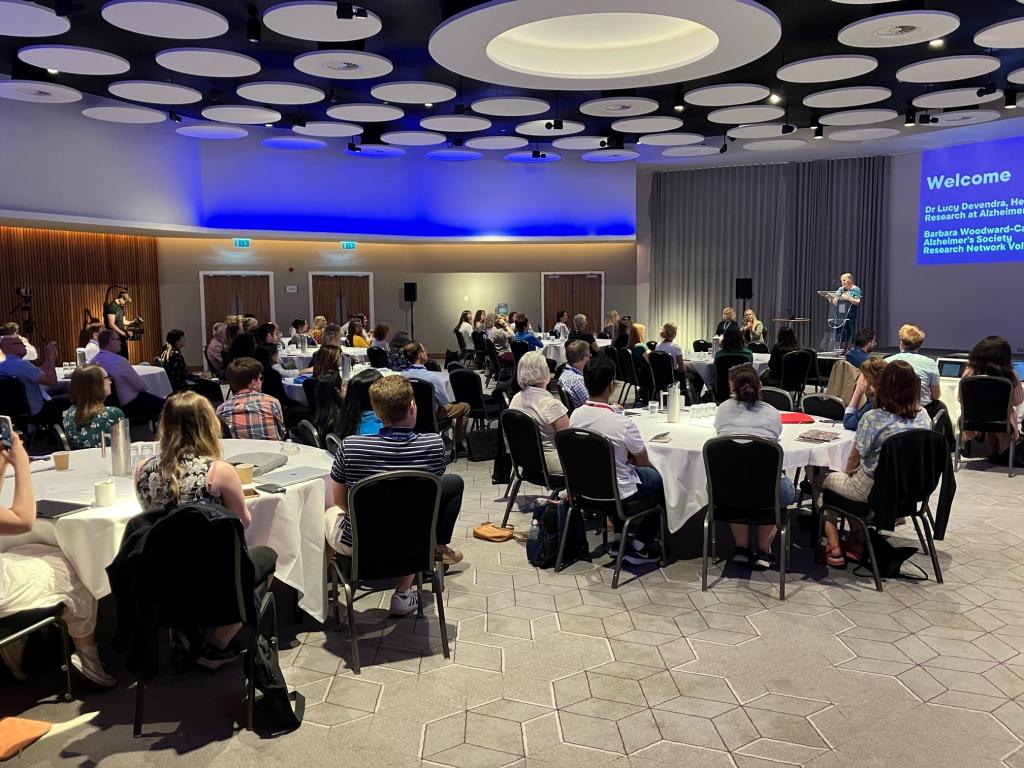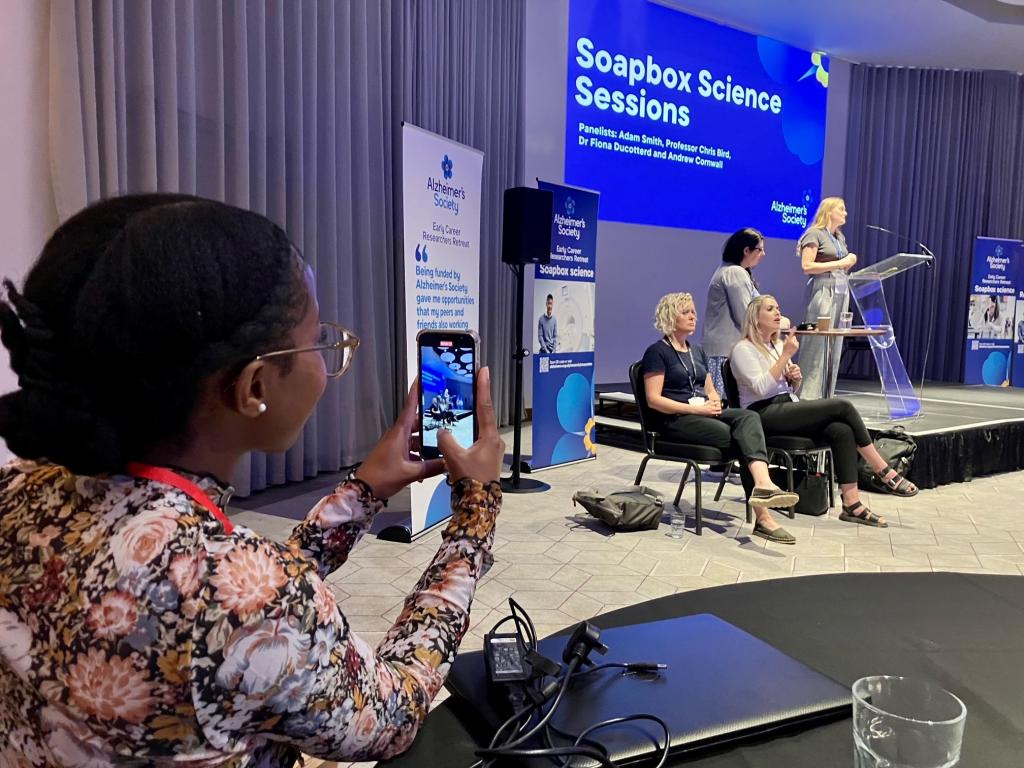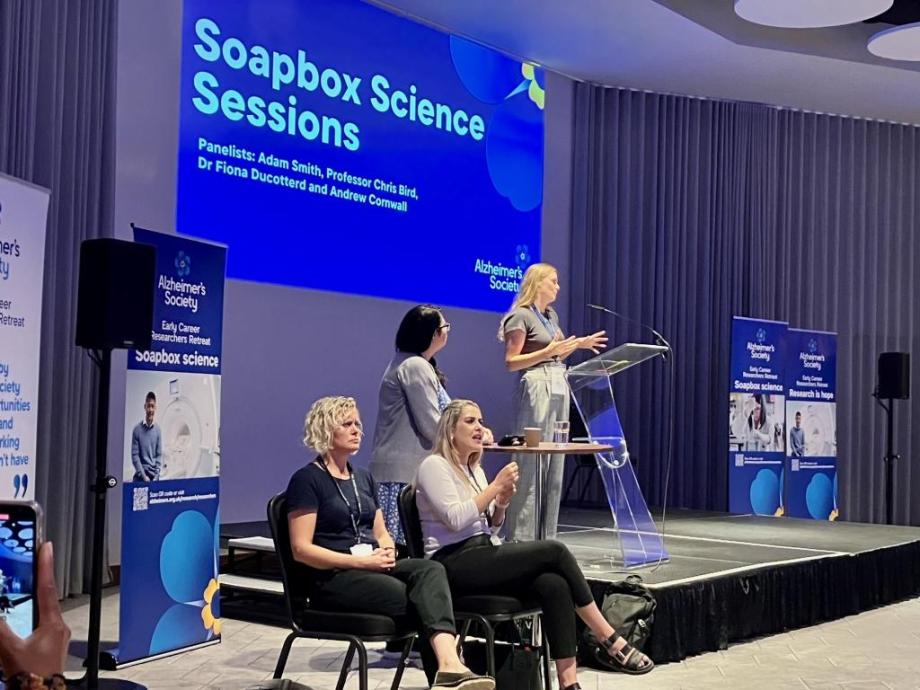Simon Hall writes...
I always want to do my best whenever I give a presentation.
But some events really touch the heart and make me want to do something special.
I’ve just delighted in one such:
Talking to researchers at the Alzheimer’s Society about how to communicate their critical work.
Like far too many people, I have personal experience of friends suffering the cruel tyranny of the disease.
So the opportunity to help scientists trying to save so much suffering felt like a real honour.
When I started preparing for the event, I didn’t have any worries about the content I would present.
I’ve taught it plenty enough times now, I know it’s useful, and that it works:
How to start a presentation, end it, making the narrative compelling, using the tricks of keeping it simple, less is more, and perhaps most powerfully of all…
The beautiful, but so often under-appreciated art of storytelling.
There was, however, one concern on my radar.
The event was in Newcastle, at a lovely hotel I had never visited before…
I didn’t know what the room would be like, and that mental image always helps me to prepare.
Why? Well, I like to have decided in advance where I’m going to stand.
A position which makes sure everyone can see me, but where I still feel part of the group.
I want to know whether I'll need a microphone, if there'll be a lectern, and a stage.
Those last two, for me, are interesting points.
I will pretty much never use a lectern, as I see it as a barrier between speaker and audience.
Likewise, I won’t stand on a stage.
I feel that also divorces me from the group, somehow putting me above them, when we should be working together on a journey of understanding and enjoyment.
On this occasion, because I wanted to be sure to break the ice and make a good impression…
I also had some presents to give out to those who answered my questions correctly.
I always teach through lots of interactions, so it’s not just a dull monologue from yours truly.
Which meant I needed to know how dispersed the audience would be, and how much walking around I would need to do to give out the Cambridge University pens I'd brought along.
All in all, a lot of questions had to be answered to ensure my preparation for the event felt right.
So what did I do to help?
Simple, as the best answers so often are.
I looked up pictures from the venue in advance, from previous conferences.
I got an immediate sense of the size of the room, how it would be set out with tables and chairs.
Whether I would need a microphone, where to stand, ensuring I wouldn’t have to get up on a stage…
And because it’s me, and because I’m paranoid about preparation…
I checked with the hotel as well, to make sure what I was looking at was an accurate picture of the scenario I would be presenting in.
Which it was, and this was thus:

That research, which didn't take long at all, helped me to get a good, clear picture of what the session would be like.
And make sure I did my best for such a wonderful group.
I’m proud to say everything went really well.
My talk went down a storm, I got lots of lovely compliments and feedback…
But most of all, by far the most importantly of all…

The next day, there was a soapbox science session, above, where the researchers had three minutes to present their work.
Every one - each and every one - used the tricks I'd outlined for making sure you deliver a truly powerful presentation.
And what a beautiful feeling that was.
Job done, job done, well, and a hugely fulfilling job at that.
And finally, back to the point of this blog:
All with the help of a little pictorial preparation.



